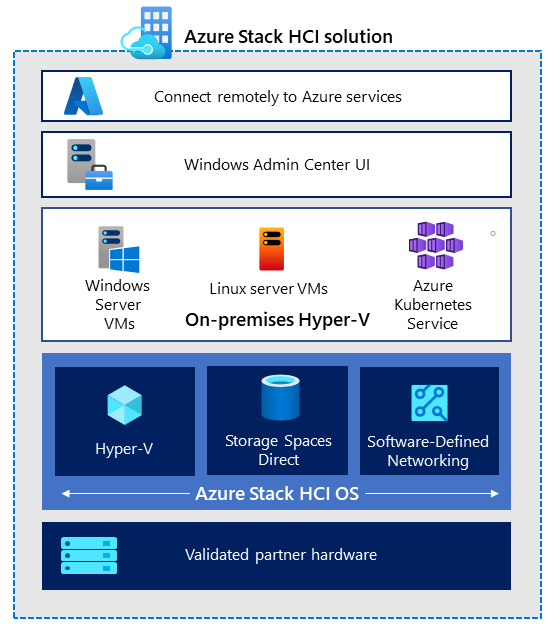What are the differences between Azure Stack and Azure Stack HCI?
In the past, Azure Stack was a single product, but now it has become a family of products that includes Azure Stack Edge, Azure Stack HCI, and Azure Stack Hub.
Azure Stack Edge is a useful tool for machine learning at the edge or for network data transfer between the edge and the cloud.
On the other hand, as previously mentioned, Azure Stack HCI is an ideal solution for modernizing on-premises infrastructure and offering scalable virtualization and storage. It provides the ability to run your own private, connected or disconnected cloud using Azure services on-premises, which is particularly useful for "air gapped" networks.
What types of data are being sent by Azure Stack HCI to Microsoft?
Regarding the data that Azure Stack HCI sends to Microsoft, it is necessary for the system to communicate with Azure at least once every 30 days. However, it does not send virtual machine names, configurations, or content of resources to the cloud, unless you are using services like Azure Backup or Azure Site Recovery and have specifically chosen to send that information.
The only data that Azure Stack HCI sends to Azure is diagnostic data. It collects and sends data that helps keep your HCI clusters up to date, secure, and functioning correctly. The collected data is kept for 90 days in a US-based Azure data center.
The diagnostic data collected by Azure Stack HCI includes details about servers, such as operating system version, processor model, and memory size, a list of installed Azure Stack HCI server features, and information to measure the reliability of Hyper-V, among other data. A comprehensive list of the collected data can be found here.

